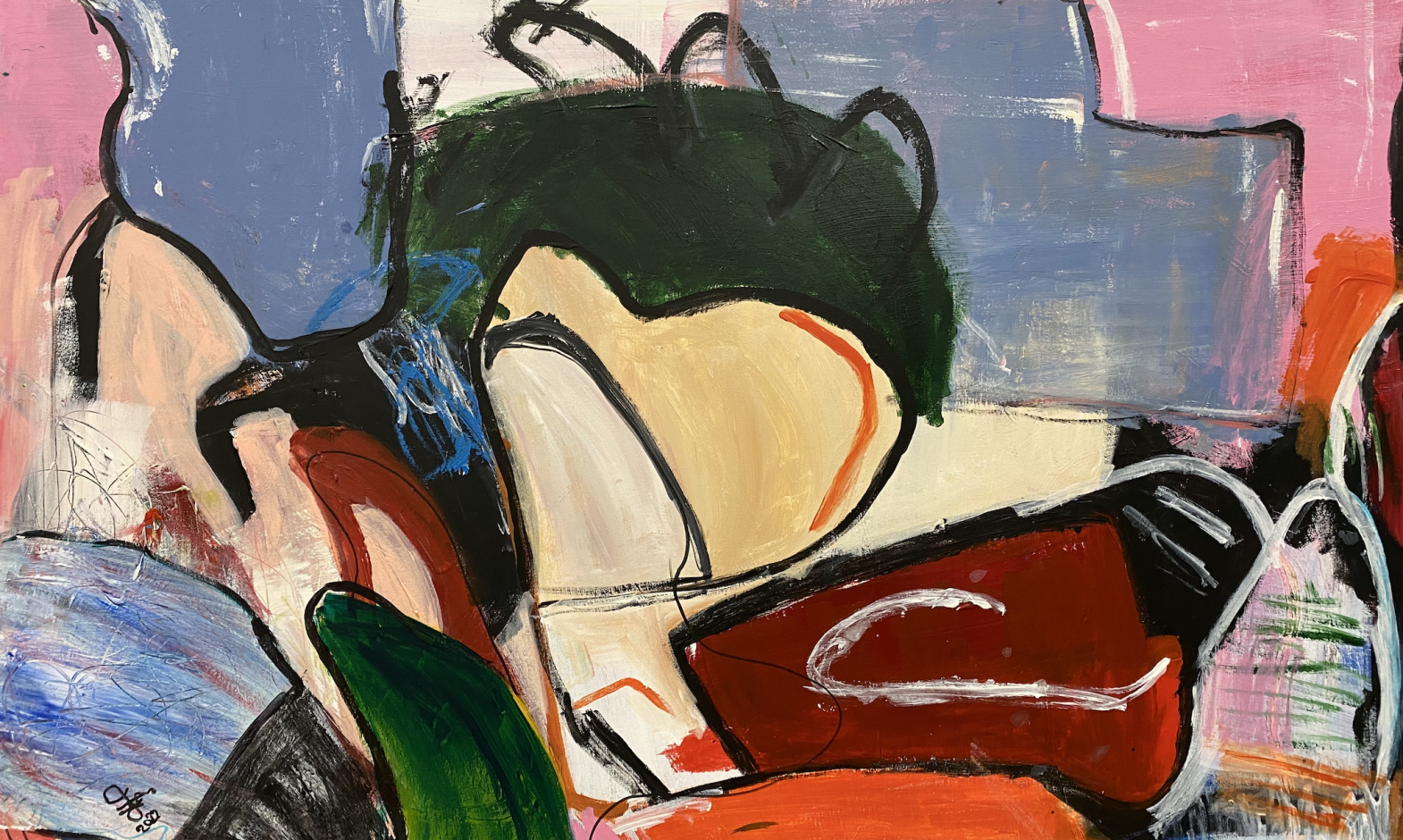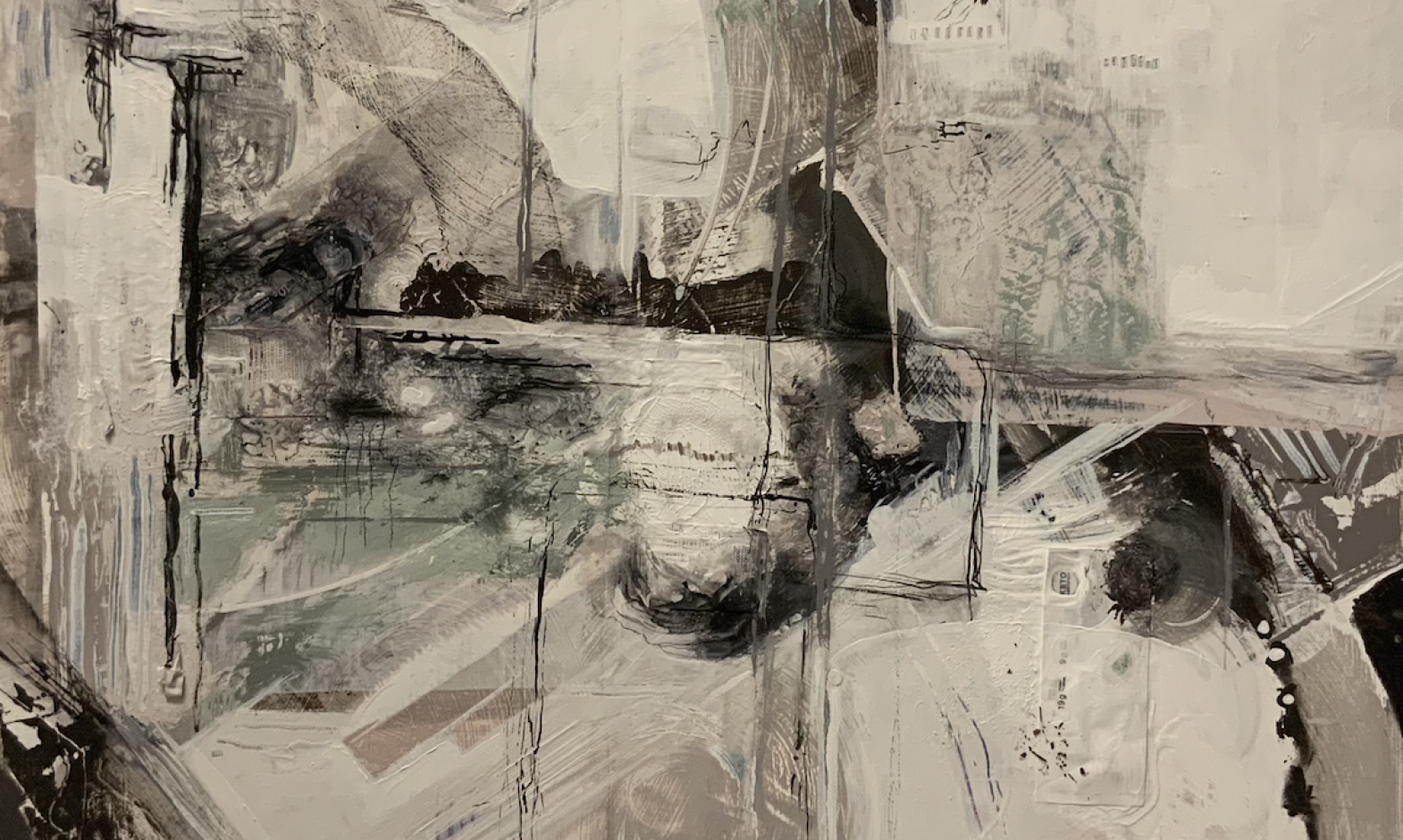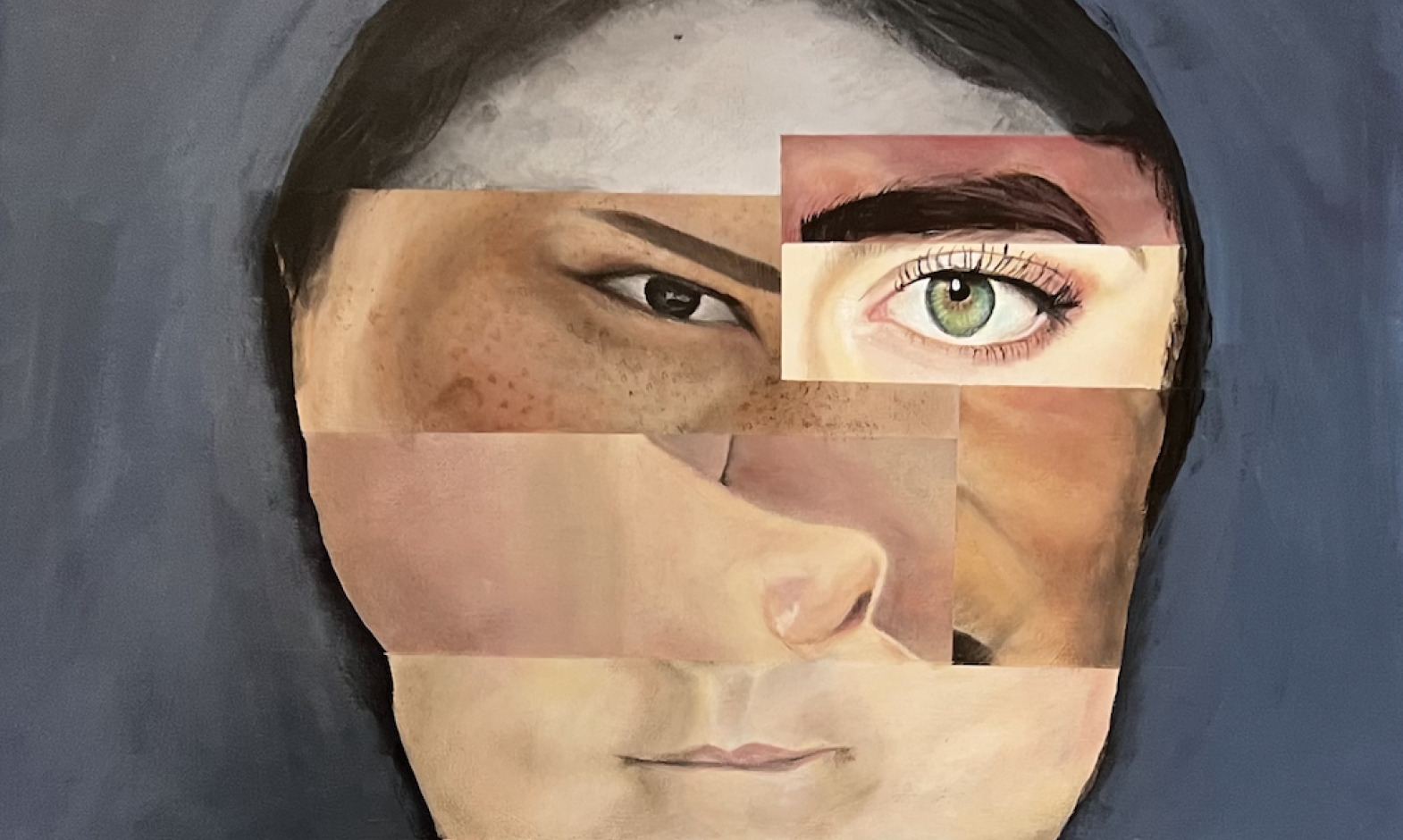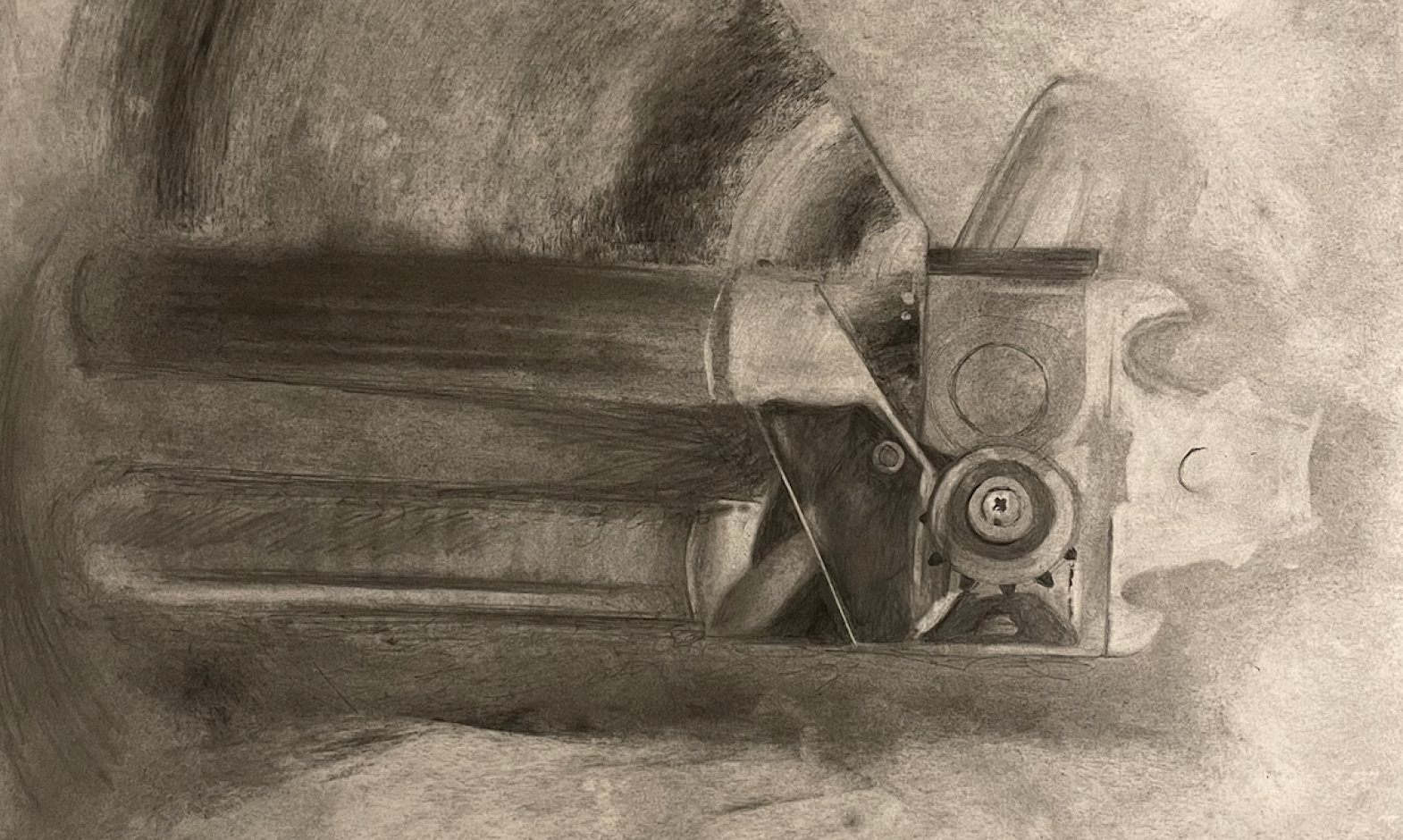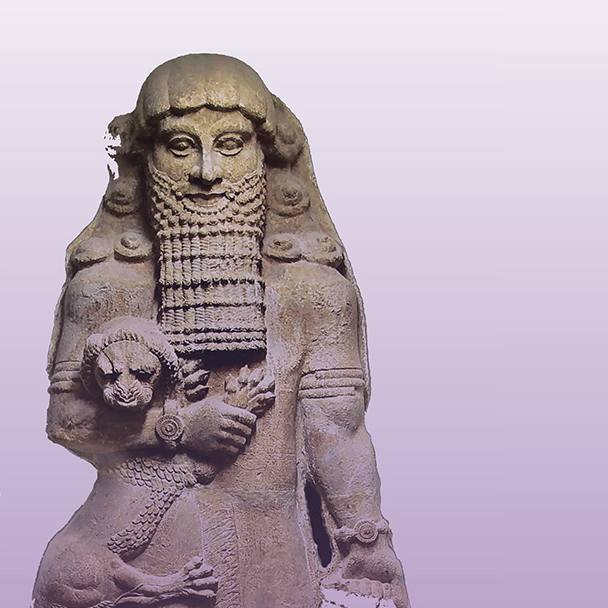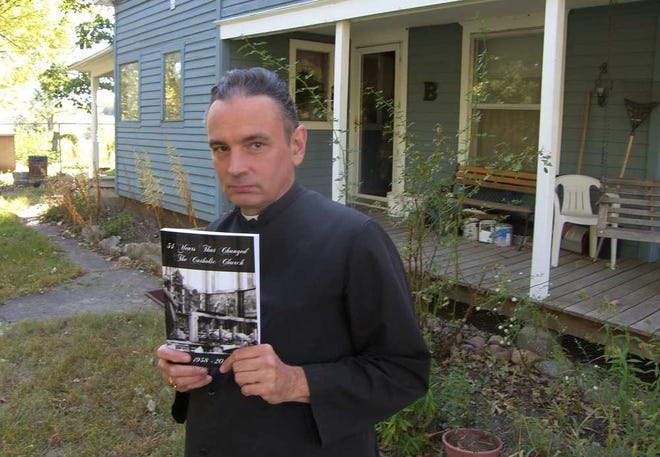Now the serpent was more subtil than any beast of the field which the Lord God had made. And he said unto the woman, Yea, hath God said,... Genesis 3:1
For I know this, that after my departing shall grievous wolves enter in among you, not sparing the flock.
Also of your own selves shall men arise, speaking perverse things, to draw away disciples after them. Acts 20:29-30
O Timothy, keep that which is committed to thy trust, avoiding profane and vain babblings, and oppositions of science falsely so called: I Timothy 6:20
Ambrose University in Calgary, Alberta is the denominational school for both the
Christian and Missionary Alliance in Canada and
Church of the Nazarene Canada. Anyone who thinks that institutions such as Ambrose University are Christian isn't paying attention; they may be "evangelical," but they aren't Christian. From the university's
schedule of events (bold, links in original):
The Bible & Ancient Science: Principles Of Interpretation
Date
Wednesday, October 26, 2022
Time
7:00 P.M. (Mountain Time)
Location
Virtual (Complete the registration form to receive the link)
Presented by Dr. Denis O. Lamoureux Event
DESCRIPTION
Is the Bible a Book of Science? Christians have answered in a wide variety of ways. Theologian and scientist Denis O. Lamoureux proposes that during the inspiration of Scripture, the Holy Spirit came down to the level of the biblical writers and allowed them to use the science-of-the-day. In this way, the ancient science in the Word of God is a vessel that delivers life-changing, inerrant spiritual truths.
Handout for lecture
Response by Dr. Colin Toffelmire and Q&A to follow
SPEAKER BIO
Denis O. Lamoureux is Professor of Science and Religion at St. Joseph’s College in the University of Alberta. He is also a research associate in paleontology. Lamoureux holds three earned doctoral degrees—dentistry, theology, and biology. His most recent book is entitled Beyond the Evolution vs. Creation Debate. It was written to assist high school students in understanding origins and the Genesis 1 account of creation. This lecture is part of current Seminary students' courses, but the public are welcome to join in for this special lecture.
Dr. Lamoureux has provided
a link (here) for attendees to pre-read about the subject. This will help give context to some of the discussion.
Dr. Lamoureux's entry at the University of Alberta website (bold, links in original:
Denis O. Lamoureux DDS PhD PhD
Professor of Science & Religion
St. Joseph's College, University of Alberta
Edmonton, Alberta T6G 2J5
Canada
dlamoure@ualberta.ca
Denis O. Lamoureux is Professor of Science and Religion at St. Joseph's College in the University of Alberta. His appointment is the first tenure-track position in Canada dedicated to teaching and research on the relationship between scientific discovery and Christian faith. Lamoureux's academic specialty focuses on the modern origins controversy.
Lamoureux embraces the time-honored belief that there are two major sources of Divine revelation—the Book of God’s Words and the Book of God’s Works. The Bible and the physical world complement each other. Science reveals
How the Creator made this spectacular design-reflecting world, while Holy Scripture declares precisely
Who created it. Together the Two Divine Books fulfill each other; alone they are incomplete.
In his online web lecture
Beyond the "Creation" vs. "Evolution" Debate, Lamoureux argues that the simple either/or approach to origins inhibits everyone from making informed choices. He asserts that if the limits of both conservative Christianity and evolutionary biology are respected, then their relationship can be complementary. This view of origins is known as
Evolutionary Creation. Concisely stated, it claims that the Father, Son, and Holy Spirit created the universe and life through an ordained, sustained, and design--reflecting evolutionary process.
Indeed, evolutionary creation is a challenging view of origins for many Christians, and Lamoureux shares his struggle to accept this position in a web lecture entitled
Coming to Terms with Evolution: A Personal Story. He also writes about his voyage in a book chapter that is
online.
Evolutionary creation emphasizes that the Bible is
NOT a book of science. Instead, it is a God-inspired revelation that offers inerrant, life-changing, Messages of Faith. Holy Scripture does indeed refer to the natural world, but it features an ancient understanding of nature. In other words, the Bible has an
ancient science. In his latest book,
The Bible & Ancient Science: Priniciples of Interpretation (2020), Lamoureux presents hundreds of verses revealing that Scripture features the science-of-the-day in the ancient world. Through his 22 interpretive principles he argues that the Holy Spirit descended to the intellectual level of the ancient biblical writers in order to communicate as effectively as possible inerrant spiritual truths. Three of these principles and an explanation of the cover of this book can be found here.
Of course, not everyone agrees with Lamoureux's position on origins, as seen in the comments made by famed atheist Richard Dawkins in this
video clip.
Lamoureux holds three earned doctoral degrees—dentistry, theology, and biology. He is a Fellow of the American Scientific Affiliation and cited in the Who's Who of Theology and Science. He is also a member of the Evangelical Theology Society. Lamoureux lectures throughout Canada and the United States in both Christian and public academic institutions. In 2001 and 2006, he received teaching awards from the University of Alberta Students' Union. Lamoureux's award winning introductory course on the relationship between science and religion, CHRTC 350: Science and Religion with Class Notes, Class Handouts, and Class Audio-Slides is available
online.
With Phillip E. Johnson, Lamoureux co-authored
Darwinism Defeated? The Johnson-Lamoureux Debate on Biological Origins (1999). Lamoureux has also written
Evolutionary Creation: A Christian Approach to Evolution (2008) and has condensed this book into into a more accessible version entitled
I Love Jesus and I Accept Evolution (2009). Lamoureux has debated John Walton, C. John Collins, and William Barrick in
Four Views on the Historical Adam (2013).
The Church’s struggle with Galileo's astronomy offers valuable insights for Christians coming to terms with evolution. Galileo popularized the aphorism:
“The intention of the Holy Spirit is to teach us how one goes to heaven and not how heaven goes.” Rewritten for the Church today, evolutionary creationists encourage Christians to understand:
The purpose of the Bible is to teach us THAT God is the Creator, and not HOW the Father, Son & Holy Spirit created.
Dr. Lamoureux's views appear to be reasonable, until you realize that he denies the historical existence of Adam, which is a denial of the teaching of both Old and New Testaments. According to Dr. David Craig, in his
Amazon customer review of
Four Views on the Historical Adam:
I Appreciated the personal testimony of Denis Lamoureux's pursuit of truth in the fields of science and theology. He has definitely wrestled with and struggled with all the issues at hand - as a non-believer, as well as a believer in Christ. Lemorourex concludes that his view of evolution disallows for belief in the historical Adam that is revealed in the Scriptures. He argues at length that the realities of history conflicts with modern science. He believes that ancient science (the view of the biblical writers) conflicts with modern science and therefore what we have in the Bible is God accommodating inerrant spiritual truths.
In summary "Lamoureux rejects scientific concordism, the idea that God chose to reveal through the Scriptures certain scientific facts and that modern science, properly understood, can be aligned with the Bible. To the contrary, he says the authors of Scripture had an ancient perception of the world, apparent in their belief in a three-tiered universe, their view of the 'firmament,' and elsewhere. When it comes to humanity's biological origins, the biblical authors likewise had a primordial understanding. They held to 'de novo creation,' the belief that God created man and everything else directly, immediately, and completely, that is fully mature."
Lamoureux argues that Adam did not exist, but that Jesus Christ is a historical person who died and rose again for our sins. He attempts to show how modern science has changed his views on interpreting the Bible through understanding distinctions between ancient and modern science, language accommodation, and his rejection of concordism.
I found his essay to be interesting, but unconvincing. I especially struggled with his weak theological explanation of the historical "Adam" from the lips of Jesus and the Apostle Paul in the New Testament. I also struggled with his interpretation of Genesis 1-11 as not being historical. Lastly, I found his interpretation and methodology in arriving at his conclusions insufficient - leaving me with more questions than answers. I agree with C. John Collins assessment of his essay when he writes, "Lamoureux has followed a style of reasoning that is oversimplified, specifically in that he generally poses either/or questions with only two options; he does not consider whether there are alternatives."
This blogger regards the Bible as the infallible, inspired word of God, and anything that contradicts the Bible is in error. Dr. Lamoureux, on the other hand, regards the Bible as being in error if it's in contradiction with what the latest "science" says. It should be noted that Dr. Lamoureux, in addressing the issue of the existence of Adam, is no longer operating in the realm of science, but has moved into the realm of history, where the scientific method doesn't apply. I also find it curious that an "evangelical" professor teaches at a Roman Catholic college.
As for the man Ambrose has chosen to respond to Dr. Lamoureux's presentation,
Dr. Colin Toffelmire says, "...we want to try to think the best of these people we disagree with...," but check his
Twitter feed, and you'll see that he doesn't seem to think well of Christians and conservatives, and seems to find more affinity with secular liberal intellectuals. In this
Dr. Toffelmire reminds me of pseudo-intellectual Tim Keller, who has had a disproportionate influence among evangelicals, but who never seems to identify with real Christians, but always takes the view that's likely to gain the approval of secular New York liberals.
This isn't the first time that Ambrose has hosted a theistic evolutionist; see my previous post
Antichrist Ambrose University has theistic evolutionist as guest speaker for its Faith, Life and Learning Days (February 6, 2020)
See also my other previous posts on Ambrose University:
Why is an Alliance-Nazarene college named after a Roman Catholic saint? (March 2, 2009)
The Ambrose-contemplative connection (March 4, 2009)
Ambrose University College trains Nazarene pastors using materials from a company with ties to Mormonism (March 6, 2009)
Ambrose University College and "Transformation" (March 6, 2009)
The Outhouse (aka The Shack) in God's house (May 5, 2009)
Ambrose Seminary teaches contemplative spirituality in 2009-2010 (February 24, 2010)
Ambrose University College hires Jesuit-educated contemplative spirituality proponent as its new president (May 30, 2012)
Ambrose University College's "Jazz Day" provides evidence of increasing worldliness in evangelical schools (March 5, 2014)
Antichrist Ambrose University College continues on its downward, leftward, and Romeward course (March 8, 2014)
Antichrist Ambrose University President Gordon T. Smith continues to promote ecumenism and Social Gospel (February 28, 2018)



.JPG)



































